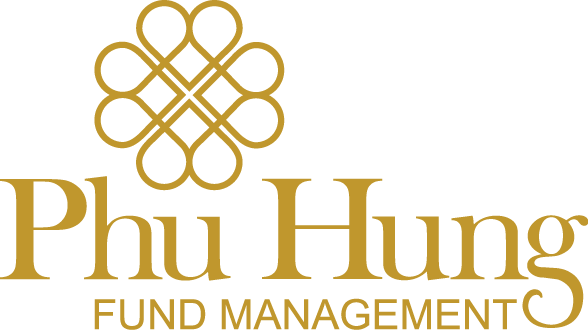EDUCATION
Investment Basics
What is Investment?
Investment is the allocation of funds to different types of assets, e.g. securities, real estate, bank deposits, for the purpose of making profit. Although seeking for profit is the ultimate purpose of any investment, it is not certain that any investment will generate profit. It means that there is possibility of losing part of or all initial investment capital when things do not go on as expected. Therefore, understanding return and risk of investment is crucial for investors.
Return and Risk
Return on investment is the profit or loss expressed as a percentage of the initial investment. This is a widely used ratio to evaluate and rank the attractiveness of different investment alternatives. When this ratio is positive, the investor earns more than what s/he paid for the investment. Conversely, when this ratio is negative, the investor earns less than what s/he paid.
Investment Risk
- The degree of uncertainty or the likelihood that actual return is less than the expected return
- All investments involve some degree of risk.
Market Risk
- occurs when changes in interest rate, equity price and/or exchange rate affect the market value of investment
Liquidity Risk
- occurs when investors cannot find the market for their securities. Preventing them from selling or buying as they want, or forcing them to sell at lower price or buy at higher price than desired
Credit Risk
- Issuer of debt securities or depository institution runs into financial difficulties and is not able to redeem the interest and/or the principal at maturity
Inflation Risk
- A loss in investors’ purchasing power because the value of their investment does not keep up with inflation
It is common that the riskier the investment, the higher rate of return an investor will request.
Basic Investment Products
INVESTMENT
PRODUCTS
investment
products
Stocks
Stocks (or shares) are equity securities and represent ownership of a company. When buying a stock, investors become owners of the company and their ownership percentage is corresponding to the number of stocks they bought.
Two main types of stocks are common stock and preferred stock. Common stockholders have voting rights and can raise voice in the future of the company. The dividend they receive fluctuate with the performance of the company.
On the contrary, preferred stockholders have no voting rights nor voice in the future of the company. However, they are usually guaranteed a fixed dividend in perpetuity and prioritized in dividend payment compared to common stockholders. A great majority of stocks are issued in form of common stocks. Therefore, when people talk about stocks, they refer common stocks.
Bonds
Bonds are debt securities and regarded as a fixed income instrument.
When investors buy a bond, they lend their money to the bond issuer.
Every bond has at least three elements when issued: par (or face) value, interest rate, and maturity (the term). Bond interest rate is either fixed or floating during the term, depending on the type of bond issued. Investors receive regular interest payments during the holding period and the par value at the bond maturity.
Bonds issued by government are called government bonds and the ones issued by company are called corporate bond. Corporate bonds usually pay higher interest rate than government bonds because its credit risk is higher.
Funds
Funds are a type of investment that pools money from many people and invests it in a mixed of investment such as stocks, bonds, commodities etc.
This product allows investors to be able to invest in a large number of investments that would be otherwise be too expensive and difficult to manage on their own. As funds are managed by professional fund management companies, investors in funds can focus on their core business and enjoy returns from fund performance at the same time.
Depending on its management approach, a fund can be either actively managed or passively managed. Regarding to its operation mechanism, a fund can be categorized either open-end fund (fund certificates issued shall be redeemed at the investors’ request) or closed-end fund (fund certificates issued shall not be redeemed at the investors’ request). Regarding to its investment strategy, a fund can be growth (majority of the fund’s portfolio are stocks) or stable income (majority of the fund’s portfolio are bonds) or balanced fund (fund’s portfolio is a mixed of stocks, bonds, and other assets). Accordingly, investors have a wide variety of fund products to choose.
Bank deposits
Bank deposits is among the most liquid assets with low credit risk as depository institutions are strictly regulated by government. Because of its superior liquidity and safety, bank deposits usually have lower interest rate than other investment products (e.g. corporate bonds).
Real estate
Real estate investing mainly involves trading and renting properties for profit. Investors can buy a real estate, rent it to obtain regular cash flows and sell it to make profit. This investment is attractive in terms of returns and inflation protection but capital intensive and has limited liquidity relative other investments.
Other investment products
Other investment products such as gold, foreign exchange, derivatives, private equity, commodities etc. are available for investors. The availability of those products depends on the development of the financial market.
Please CONTACT US for any support you may need.
